Monetize on Facebook Instant Game
A downloadable book
- Build and monetize hyper-casual HTML5 games using game engines like CocosCreator, Impactjs, Laya, Unity.
- Optimize web game performance on low-end devices (cup & memory usage, draw call, batching, caching, object pool, Chrome profiling).
- Publish & monetize HTML5 games on Facebook Instant Game platform. Integrate FB social API, in-app-ads monetization API. Hook up messenger bot (Nodejs), user behavior logging & analytics.
- For ads monetization, built the automated ads request system for waterfall pricing, to always request the ads with higher eCPM.
- Use Cocos to build a web game portal system focusing on social and instant gaming experience. For backend, use GameSparks cloud service for leaderboard, friend list and inbox messages.
- Setup & optimize user acquisition campaigns for Instant Games (retargeting, custom & look-like audience, optimize CPI, ROAS).
Some of my Facebook Instant games are on my own game portal website, take a look at: https://maxmariodev.itch.io/web-game-portal
About Facebook Instant Game Platform
The platform: https://www.facebook.com/games/instantgames
Playing games inside social networking apps is an emerging behaviour.
Instant Games let people play games on any device, mobile or desktop, right in the Facebook News Feed. There’s no download time, the games are highly social, and it’s easy to invite friends through the Facebook platform.
Many people like my parents or those who are not gamers, don't play console games or Steam games on PC, so how do developers have them try these instant gaming experiences to let them know the game is not just for entertainment, it's also a way to connect with friends and families.
Building games for this platform is not like how we traditionally build mobile games or PC games.
The unique part is that players playing games that are embedded in a social networking app.
Me and my partners spent time experimenting with many social features including competing with others in a Facebook group competition like tournaments, or sharing the game to friends to help you fix a puzzle, or simply getting a referral reward like extra coins.
The social features provided by FB API allowed the game to gain more users quickly by recommending games to friends or sharing to their news feed.
Basically, social platforms are nowadays essential for games to grow massively, essentially casual games.
We see the Facebook platform as a big opportunity for developers striving in the currently saturated market to get users more quickly and improve engagement & retention.
User acquisition
Get huge amount of users after release by allowing players to receive in-game rewards by sharing the game to their FB friends.
Basically every incentive design that allow players to watch ads to get rewards will be replaced by the option that sharing game to friends without watching any ads.
By having a large number of players from 3rd world countries like Vietnam or Mexico sharing our games virally and keep at least 30% D1 retention. The game will be ranked higher. Then it's time to roll out the game to 1st country world that will monetize much more money with a high eCPM watching ads.
Also only give watching ads option for players NOT hate watching ads based on my analytics in my game portal system.
Game Engines
During the past three years, I have been collaborated with other Chinese developers and artists to build HTML5 games for the Facebook gaming platform.
HTML5 games are very popular in China because everyone uses WeChat and WeChat games have been hugely popular.
And because of that, there are Chinese game engines like Cocos Creator and Laya Air that focus on H5.
Take advantage of Social Features
🧩 Social is the Key Differentiator
-
10× more players in social vs solo gameplay—even in top games
-
Games with sharing features see 3–3.5× more retention after 2 weeks
-
Social invites, challenges, leaderboards drive strong engagement
Notifications
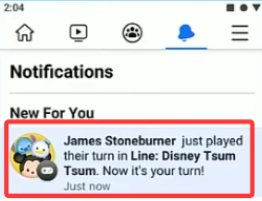
Tournament
Tournament is a feature that will enhance social play and help Facebook users discover and play games with friends while building connections with each other through lightweight competition.
https://www.facebook.com/fbgaminghome/blog/instant-tournaments-and-more
Ads Monetization
Keep ad frequency low
Showing ads too often leads to low-quality clicks and a poor user experience.
Dynamically set the time gap between ads based on the player's tolerance level to watching ads on their historical gameplay analytics data.
Set ad pricing target
Only show ads if the eCPM is at a certain price or higher, if it fails to request ads with higher eCPM ( generally means advertiser pays higher if player clicks ), don’t show the interstitial ads when it is supposed to show ads such as after a level win or level fail.
(It is more suitable for 3rd world country players. Anyway, the eCPM in these countries is low, meaning you can't make much money with average 1000 ads watched, and the ads will impact the user experience and may lose users, which is not worth it displaying ads.)
As for the rewarded video ads, if it fails to request ads with a minimum eCPM target, give the player an alternative option to share the game for reward.
Sharing games to Facebook friends by active players can get your more organic new players.
Optimize your eCPM floors by waterfall pricing
This might lower your fill rate, but the result could be lowering ad blindness and getting users to click on more high-value ads when they do appear.
Set up three price tiers as high, middle and low. Build an automatic ads requesting system. As for the low-tier call, place it near the bottom of the waterfall to allow Facebook to fill at almost any floor price.
🎮 Success with Instant Games on Facebook (F8 2019)
📌 Facebook’s Gaming Vision & Reach
-
Mission: Build global gaming communities (developers & players)
-
700M+ people engage with games on Facebook (playing, watching, groups)
-
HTML5 enables seamless cross-platform experience (Web / iOS / Android / Messenger)
⚡ Platform Evolution
-
Launched with just 29 games; now over 7,000 live titles
-
Fully open platform with monetization: ads + in-app purchases
-
Games playable in Groups, Facebook Lite, Portal, and more
-
Constant updates and new features rolled out
🧩 Social is the Key Differentiator
-
10× more players in social vs solo gameplay—even in top games
-
Games with sharing features see 3–3.5× more retention after 2 weeks
-
Social invites, challenges, leaderboards drive strong engagement
📲 New Channels & Discovery
-
Facebook Gaming Tab: Central hub for games, content, and updates
-
Standalone Gaming App (Brazil & Philippines): Immersive experience for core gamers
-
New post-play menu: share, home screen shortcuts, game discovery
📈 3 Pillars of Success
-
Player Acquisition – via sharing, viral mechanics, optimized ads
-
Player Engagement & Retention – through social features, groups, pages, notifications
-
Monetization – Interstitial & rewarded video ads + in-game purchases

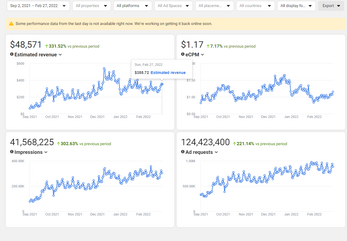
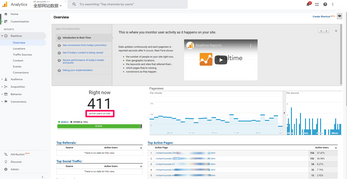
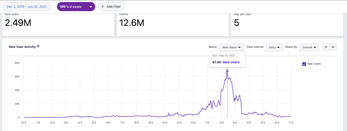

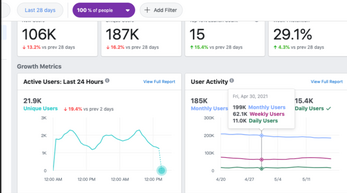

Leave a comment
Log in with itch.io to leave a comment.